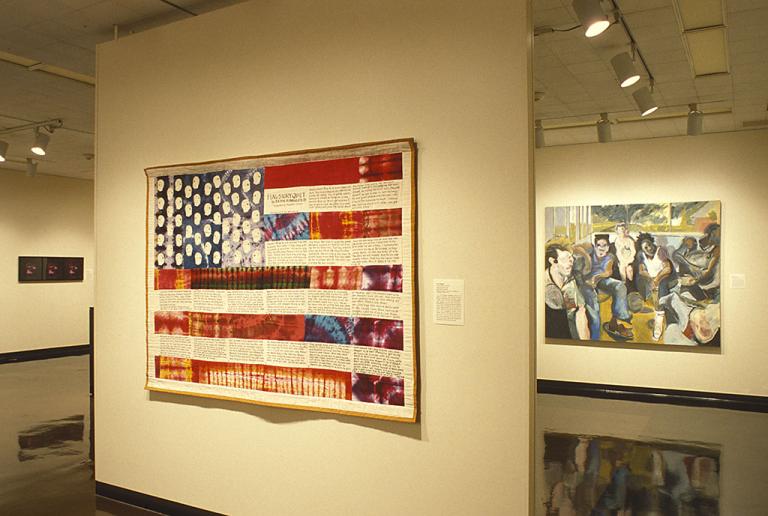The Builders: The Family, Jacob Lawrence
Artwork Overview
Jacob Lawrence, artist
1917–2000
The Builders: The Family,
1974
Where object was made: United States
Material/technique: wove paper; screen print
Dimensions:
Image Dimensions Height/Width (Height x Width): 763 x 564 mm
Sheet/Paper Dimensions (Height x Width): 866 x 656 mm
Image Dimensions Height/Width (Height x Width): 30 1/16 x 22 3/16 in
Sheet/Paper Dimensions (Height x Width): 34 1/8 x 25 13/16 in
Frame Dimensions (Height x Width x Depth): 36 1/4 x 30 1/4 x 1 in
Weight (Weight): 11 lbs
Image Dimensions Height/Width (Height x Width): 763 x 564 mm
Sheet/Paper Dimensions (Height x Width): 866 x 656 mm
Image Dimensions Height/Width (Height x Width): 30 1/16 x 22 3/16 in
Sheet/Paper Dimensions (Height x Width): 34 1/8 x 25 13/16 in
Frame Dimensions (Height x Width x Depth): 36 1/4 x 30 1/4 x 1 in
Weight (Weight): 11 lbs
Credit line: Museum purchase: Friends of the Art Museum
Accession number: 1991.0009
Not on display
If you wish to reproduce this image, please submit an image request






